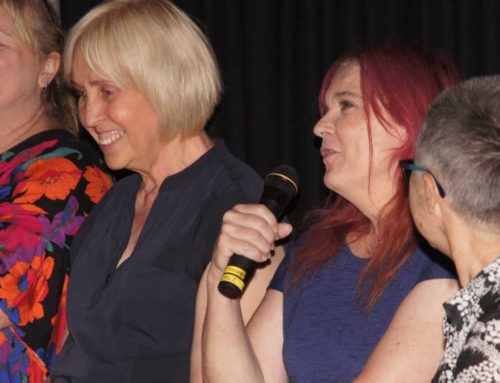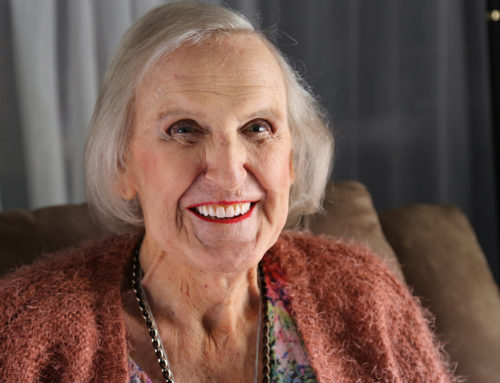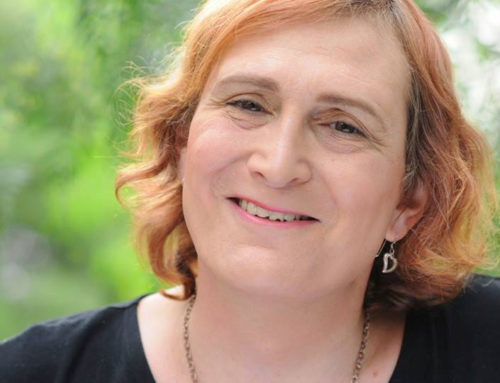Older people have seen many breakthroughs in LGBTI rights over their lifetimes. Caroline Layt explores the ‘next frontier’ of equal rights for older people in our community.
It was achieved by the perseverance of a pioneering group of activists, the ’78ers, who stood up to discrimination, violence, and police oppression. This protest went on to become a celebration of LGBTI rights: the Sydney Mardi Gras.
And in 2017, LGBTI people fought for and won the legal right to marry their same-sex or gender partner.
This was the second major legislative milestone in the state’s colourful and sometimes traumatic history around the recognition of diversity.
But for older generations of LGBTI people, what is the final frontier? Is it the right to grow old in the gender identity they identify as, is it the right to be with the person they love as they enter aged care, or is it something else altogether?
In 2015, the Australian Government’s National Lesbian, Gay, Bisexual, Transgender, and Intersex (LGBTI) Ageing and Aged Care Strategy recognised that “there have been decades of inequitable treatment for LGBTI people; many LGBTI people have suffered stigma, family rejection, and social isolation; and many LGBTI people have had a life experience of fear of rejection and persecution, coupled with the impact of potential or actual discrimination”.
One trans woman currently in the midst of transitioning is Colleen Young, who is also in full-time care in a Christian-run aged care home in regional Australia.
Having started her transition so late in life (after the death of her wife Heather), Colleen has had to deal with deteriorating health and the consequent challenges of moving into an aged care home, rather than being able to realise her dream of travelling to Thailand for gender reassignment surgery.
In the upcoming documentary Becoming Colleen, filmmaker Ian Thomson (known for his award-winning exposé of homosexuality in the surfing documentary Out in the Lineup) follows Colleen’s coming out at the ripe age of 82, after a life as a husband, father, film projectionist, traffic cop, and self proclaimed shoe fetishist.
The documentary’s synopsis states: “But more than a documentary about the transitioning of an elderly transgender woman, this is a story of two people – Colleen and her wife Heather, whose love transcended their gender roles; a small community that comes together to support a transgender woman in pursuit of her greatest dream; and how finding exactly the right pair of shoes, can be a perfect fit.”
Thomson believes the challenge that faces many aged care facilities is how to deal with gender and sexual orientation diversity, especially when many are run by more conservative religious organisations and staff, particularly in regional areas have had little or no knowing exposure to LGBTI residents before.
“This is exactly the story we follow in our documentary,” he said.
On a formal level, aged care strategies cover tolerance and acceptance, but Thomson goes one step further, asking “why not aim for celebration and integration?”
“Why don’t we have a conversation about how someone from a non-binary, non-heteronormative life can bring joy and a different perspective to an aged care facility?”
It’s a win-win situation, as increased visibility and the integration of LGBTI people in aged care adds difference and diversity.
A more open celebration of LGBTI culture at all levels of our society may also alleviate stress and anxiety for young and old people alike who are gender and sexually diverse.
The documentary has completed filming, but is looking for donations to finish editing and post-production.
If you’re interested in finding out more about the project or making a fully tax deductible donation through the Documentary Australia Foundation, please check out the website.










Leave A Comment